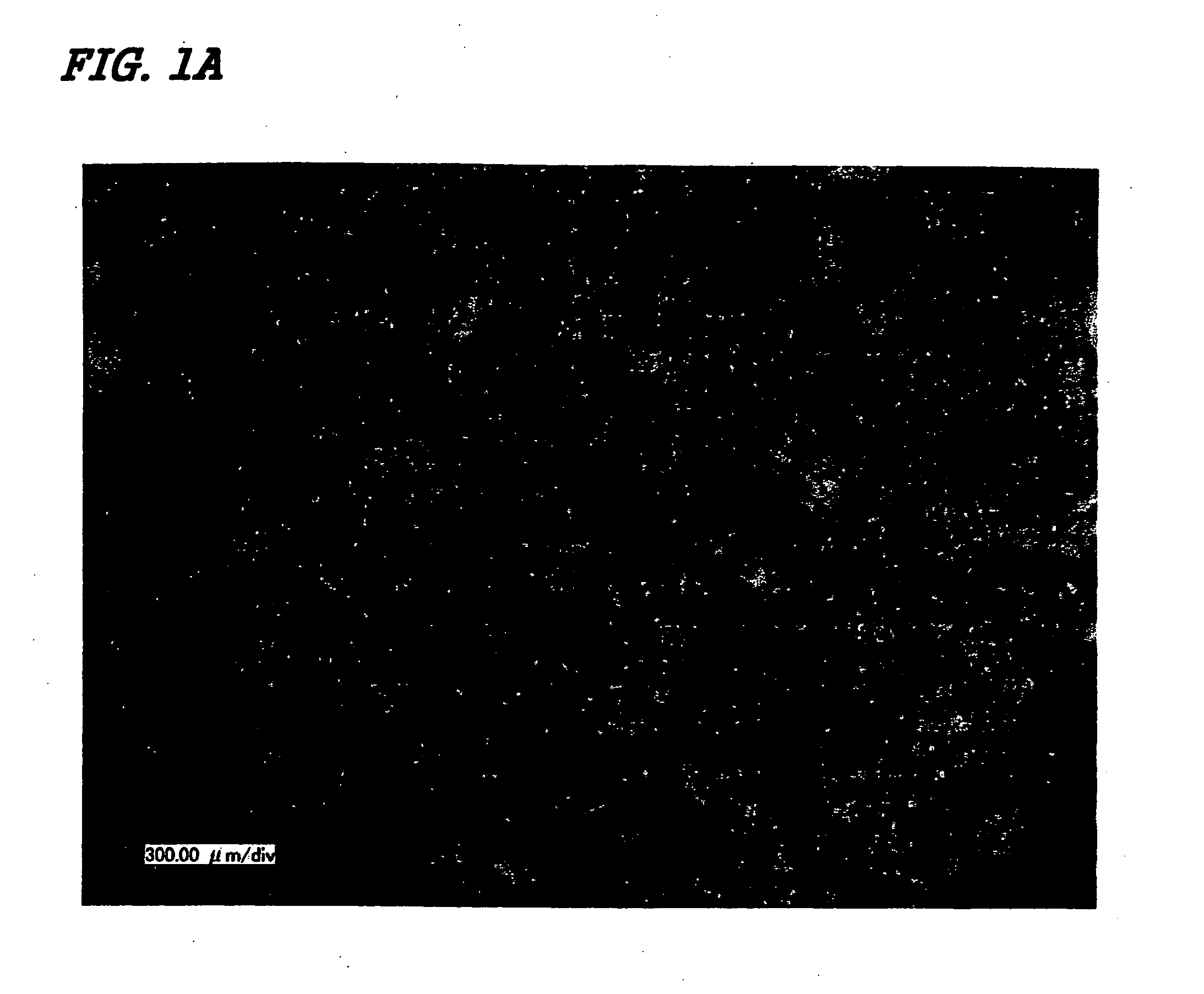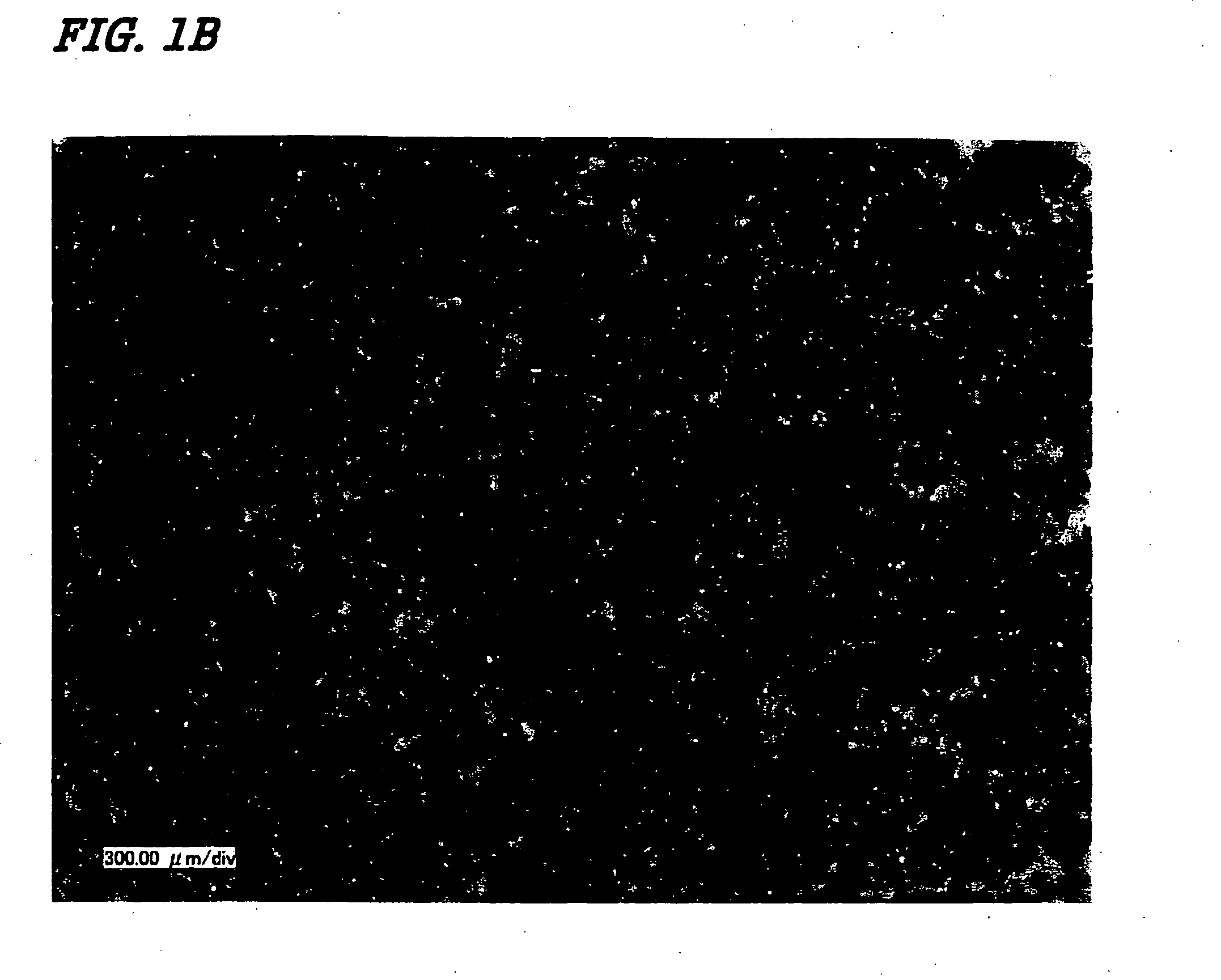Novel cellular function regulating agent produced by a chondrocyte capable of hypertrophication
a chondrocyte and hypertrophication technology, applied in the field of cellular function regulating agent produced by a chondrocyte capable of hypertrophication, can solve the problems of limited autologous bone sources, increased cost, and increased cost of additional operation, and achieve poor prognosis
- Summary
- Abstract
- Description
- Claims
- Application Information
AI Technical Summary
Benefits of technology
Problems solved by technology
Method used
Image
Examples
example 1
Preparation and Detection of a Cellular Function Regulating Agent Produced by Culturing a Chondrocyte Capable of Hypertrophication from Costa / Costal Cartilages in the MEM Differentiation Agent Producing Medium
[0283] (Preparation of a Chondrocyte Capable of Hypertrophication from Costa / Costal Cartilages)
[0284] Four week-old male rats (Wistar) group and 8 week-old male rats (Wistar) group were, respectively, examined in the present Example. These rats were sacrificed using chloroform. The rats' chests were shaved using a razor and their whole bodies were immersed in Hibitane (10-fold dilution) to be disinfected. The rats' chests were incised and the costa / costal cartilages removed aseptically. The translucent growth cartilage region was collected from the boundary region of the costa / costal cartilages. The growth cartilage was sectioned and incubated in 0.25% trypsin-EDTA / Dulbecco's phosphate buffered saline (D-PBS) at 37° C. for 1 hour, with stirring. The sections were then washed ...
example 2
Preparation and Detection of Cellular Function Regulating Agent Produced by Culturing a Chondrocyte Capable of Hypertrophication Derived from Sternal Cartilage in the MEM Differentiation Agent Producing Medium
[0350] (Preparation of Chondrocyte Capable of Hypertrophication from Sternal Cartilage)
[0351] Eight weeks old male rats (Wistar) are sacrificed using chloroform. The rats' chests are shaved using a razor and their whole bodies are immersed in Hibitane (10-fold dilution) to be disinfected. The rats' chests are incised and the inferior portion of sternal cartilage and processus xiphoideus are removed aseptically. The translucent growth cartilage regions are collected from the inferior portion of sternal cartilage and processus xiphoideus. The growth cartilages are sectioned and incubated in 0.25% trypsin-EDTA / Dulbecco's phosphate buffered saline (D-PBS) at 37° C. for 1 hour, with stirring. The sections are then washed and collected by centrifugation (170×g for 3 min.), followed...
example 3
Preparation and Detection of a Cellular Function Regulating Agent Produced by Culturing a Chondrocyte Capable of Hypertrophication from Costa / Costal Cartilage in the HAM Differentiation Agent Producing Medium
[0365] (Detection of an Agent Produced by Chondrocyte Capable of Hypertrophication Collected from Costa / Costal Cartilage)
[0366] The chondrocytes capable of hypertrophication obtained by Example 1 were diluted to 4×104 cell / cm2 in a HAM differentiation agent producing medium (HAM medium with a final concentration of 10% FBS (fetal bovine serum), 10 nM dexamethasone, 10 mM β-glycerophosphate, 50 μg / ml ascorbic acid, 100 U / ml penicillin, 0.1 mg / ml streptomycin and 0.25 μg / ml amphotericin B). The cell suspension was cultured and the supernatants of each medium were collected on a time course (4 day, 7 day, 11 day, 14 day, 18 day, 21 day).
[0367] Mouse C3H10T1 / 2 cells (Dainippon Sumitomo Pharmaceutical, CCL-226) were inoculated in 24-well plates. Eighteen hours after inoculation, t...
PUM
| Property | Measurement | Unit |
|---|---|---|
| pH | aaaaa | aaaaa |
| diameter | aaaaa | aaaaa |
| alkaline phosphatase | aaaaa | aaaaa |
Abstract
Description
Claims
Application Information
 Login to View More
Login to View More - R&D
- Intellectual Property
- Life Sciences
- Materials
- Tech Scout
- Unparalleled Data Quality
- Higher Quality Content
- 60% Fewer Hallucinations
Browse by: Latest US Patents, China's latest patents, Technical Efficacy Thesaurus, Application Domain, Technology Topic, Popular Technical Reports.
© 2025 PatSnap. All rights reserved.Legal|Privacy policy|Modern Slavery Act Transparency Statement|Sitemap|About US| Contact US: help@patsnap.com



